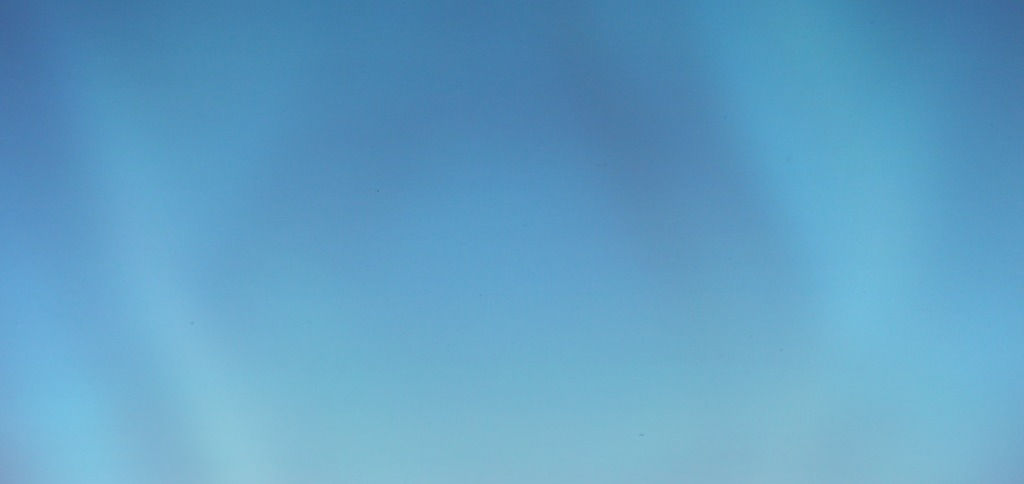By: Nishita Gudipati
Rachel Carson was born on May 27, 1907 in Springdale, Pennsylvania. Carson was the first out of her two siblings to graduate highschool and pursue a degree at college. Carson intended to be an English major, but switched to biology in her last year graduating in 1929 and continued her study in the sciences at Johns Hopkins University, gaining her MA in zoology in 1932. Due to financial reasons, Carson abandoned her PhD, taking up work at the Bureau of Fisheries as a writer who had to interest people in marine biology through radio. She also outscored all her applicants in the civil service exam to be hired there and was also the second woman to work for that Bureau. Although she wrote many articles while working there, “Undersea” began her success with its publishing in the Atlantic Monthly, and was asked to be turned into a book starting Carson’s career as a professional author.
She wrote many books throughout the 15 years she worked at the Bureau and also became the Editor in Chief. Her book, Under the Sea-Wind, proved to be extremely successful. It was in the New Yorker and sold worldwide. It also won several accolades such as the National Book Award, National Science Writing prize and the Guggenheim. With the money she earned from the novel, Carson moved to Maine and pursued a full-time writing career. Later, she moved to Maryland after adopting her niece's son. Maryland is where she heard about loss of birds due to the use of harmful pesticides. This inspired her writing of the Silent Spring, a book that questioned environmental ethics.
This is the book that truly elevated her impact, taking her from just an author to an influential figure with her lasting impact. This book was the start of her passion for environmental concerns. In this novel, she attacked the unregulated use of pesticides and the harm they caused the environment. Carson’s questioning of these unethical practices led to her criticism by many. She, however, did not let that sway her. Through her environmental campaign, she was able to ban DDT and sparked the movement for the Environmental Protection Agency. She achieved this through the CBS TV special where President John F. Kennedy’s Science Advisory Committee tuned in and validated her research and shed a spotlight on the issue.
Carson received medals from the National Audubon Society and the American Geographical Society. She was inducted into the American Academy of Arts and Letters. Unfortunately, due to breast cancer, Carson died two years after the publication of her book. In 1980, she was awarded the Presidential Medal of Freedom. To this day, she remains a crucial historical figure with many still trying to take her legacy and vision for Environmental Science forward.
Works Cited
Rachel Carson: Home, https://www.rachelcarson.org. Accessed 28 July 2024.
Michals, Debra. “Rachel Carson.” National Women's History Museum, https://www.womenshistory.org/education-resources/biographies/rachel-carson. Accessed 28 July 2024.
“Rachel Carson Biography.” Rachel Carson Center, https://www.carsoncenter.uni-muenchen.de/about_rcc/archive/mission/rachel_carson_bio/index.html. Accessed 28 July 2024.


Comments